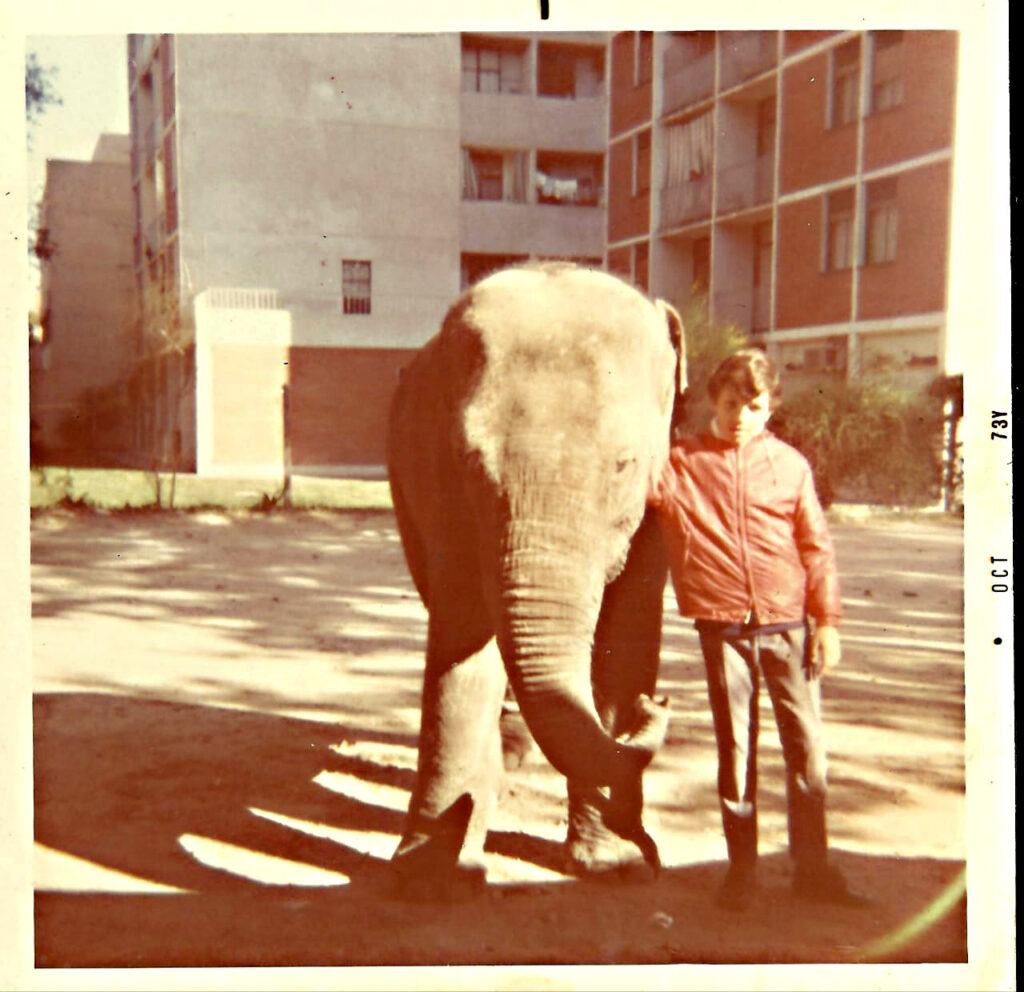
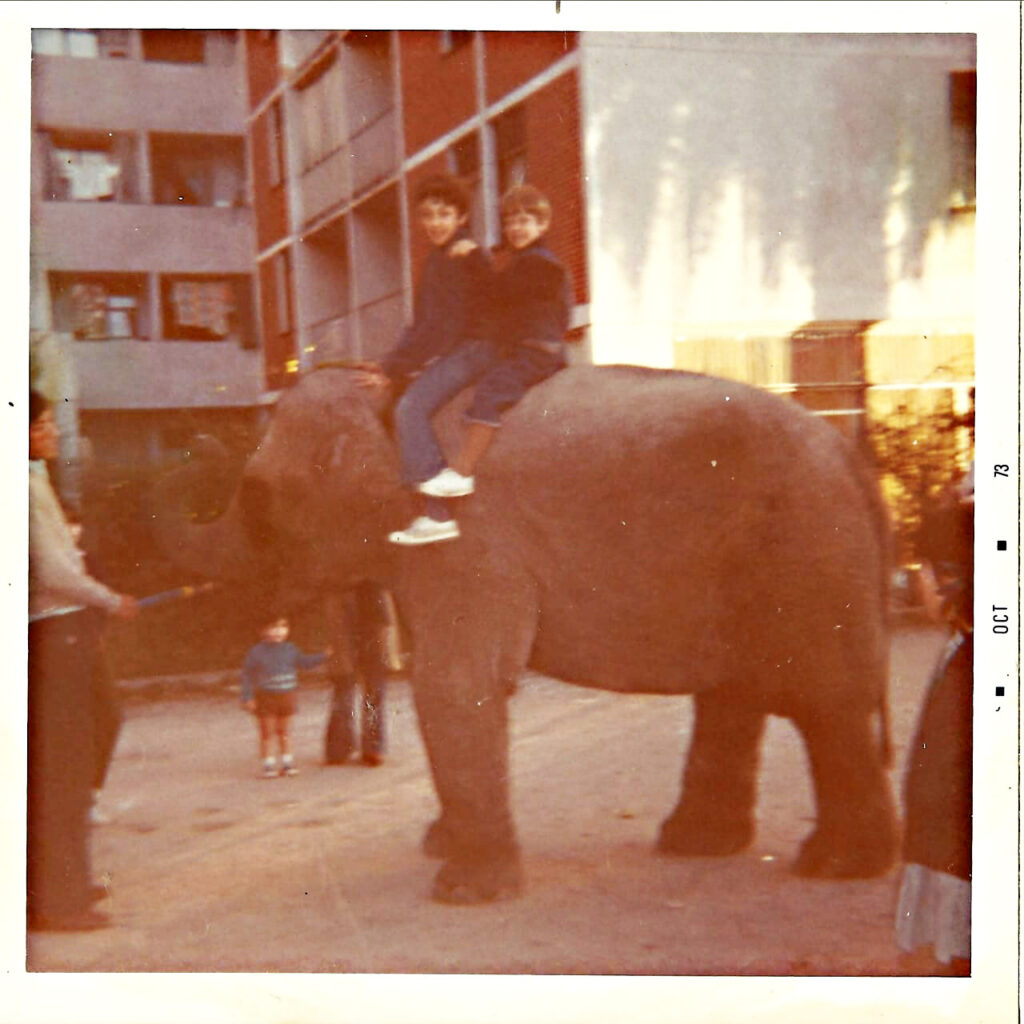
Brazil banned circus animal acts in 1995. More than 30 countries have national regulations or laws that ban animals in circuses, according to the nonprofit advocacy group Animal Defenders International.
The cramped urban zoo where Mara lived closed to the public in 2016. Officials are still trying to find homes for 1,500 animals while they turn the land into a public park.
The tractor-trailer that jostled and tossed Mara last month sat low to the ground for stability as it lumbered through the Brazilian highlands. Inside she was safe, but she was still an aged pachyderm in poor health. Blais cared for her for two days on the road and several more beforehand, acclimating Mara to the ventilated stainless steel crate that would temporarily shrink her world.
Getting the gigantic box on the truck with her inside was a three-hour engineering exercise, complete with an anchored construction crane.
Another crane awaited at journey’s end in the town of Chapada dos Guimarães, which sits on an expansive mesa of red sandstone with dramatic slopes. Red dust is everywhere, and Mara picks some up with her trunk and tosses it onto her back between squeals.
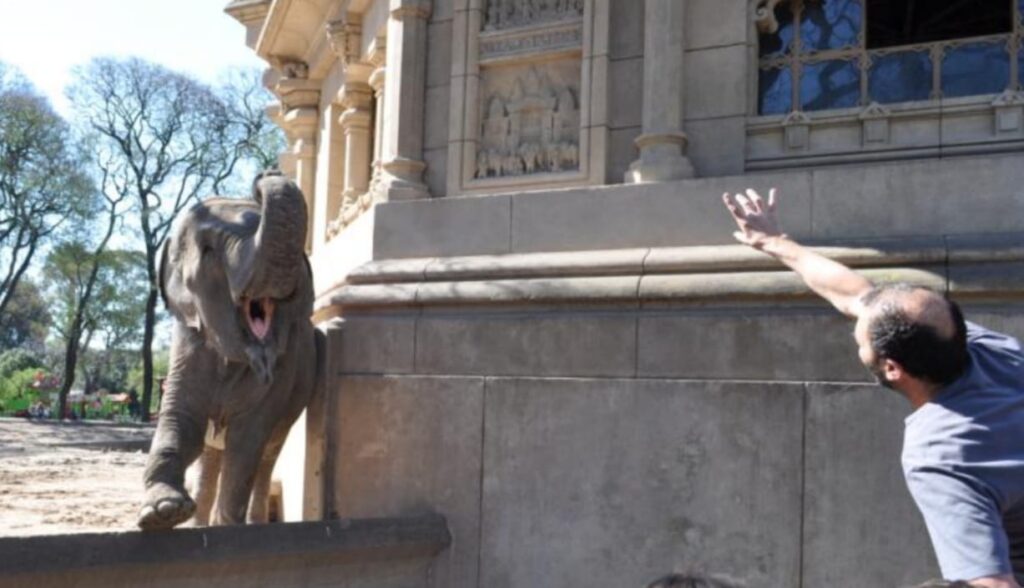
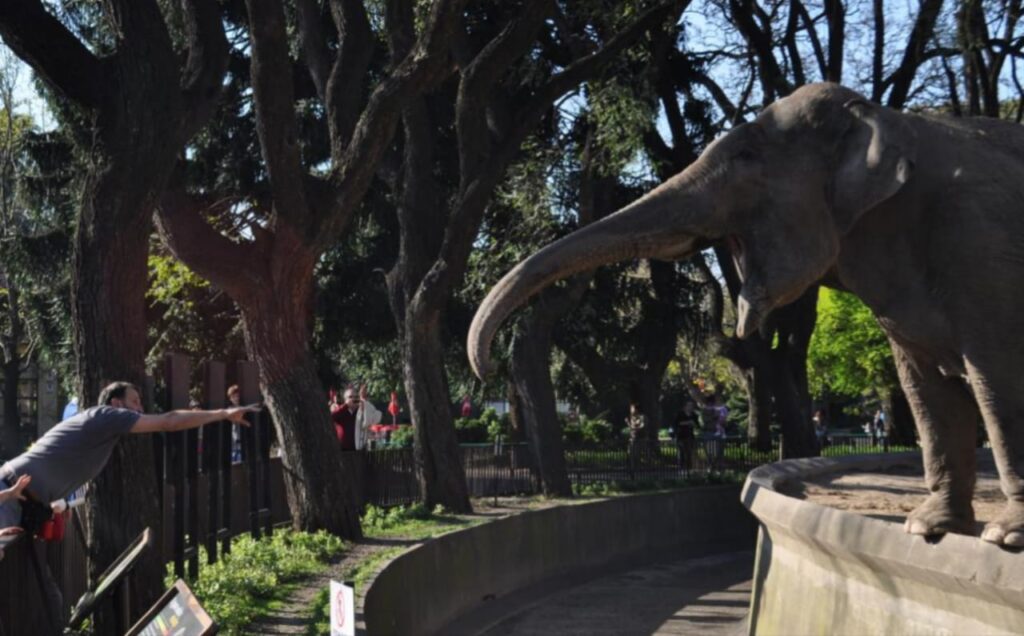
Blais says she arrived on May 13 displaying tics that animal behaviorists associate with trauma, and then quickly shed the pain. “She was swaying her head almost all the time,” he says, “a habitual pattern developed for decades. And within two weeks it was essentially gone.”
Physical signs of abuse remain. Scar tissue on the left side of her giant face—on her cheek and above her eye—are what’s left of abscesses from long ago. Her front right leg is contorted from an old injury.
Yet she’s quickly adjusting to an elephant’s equivalent of a retirement home. Elephants have roughly the same life span as humans, so Mara could live another 15 years or more.
About 80 percent of her diet is wild-foraged food. Caretakers add hay and grains and reward her with fruit during medical checkups. She lopes and grazes in what seems like slow motion, eating and digesting between 300 and 400 pounds of food per day. Three other rescued senior citizens keep her company, playing in streams and ponds in a climate that’s similar to her native India’s.
Blais says when Rana, a 60-year-old female elephant, met Mara, she “was incredibly vocal—a lot of bellowing, rumbling, signs of excitement and enthusiasm. They are inseparable.”
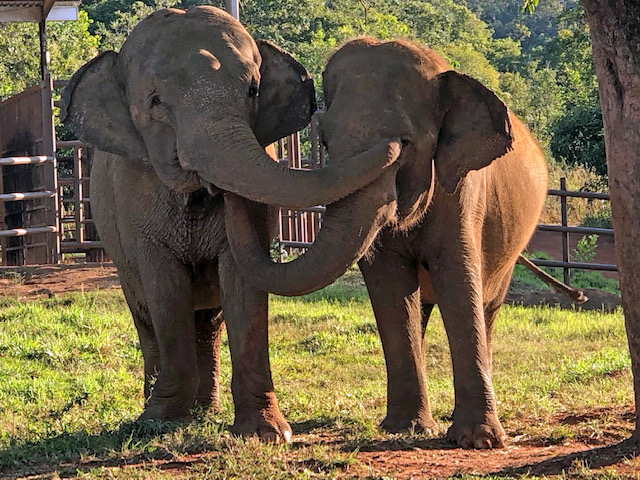

Katherine Blais says Rana “is acting like an older sister” while they roam the sanctuary’s 2,800 acres. “While Mara reacts to birds and tapirs, Rana leads the way and protects her.”
Animal protection groups in dozens of countries have campaigned to strip circuses of their animal acts. Some would also shutter zoos. In the United States those groups have so far failed to find their holy grail: a judge who will rule that an animal is a “person” with legal rights.
Brazil appeared to tiptoe close to that standard last year, when a judge ruled that state authorities can’t levy a tax of 50,000 Reals (about $9,500) on Elephant Sanctuary Brazil after it took in an elephant named Ramba. Brazilian law allows officials to demand a value added tax on the movement of goods.
Ramba died on December 26, 2019, just two months after arriving. But Blais’s lawyers successfully argued in court that the tax law didn’t apply—because the elephant wasn’t a “thing.”
(Edited by David Martosko and Richard Miniter)
The post MEET AN ANIMAL: Mara the elephant found sanctuary after 50 years in circuses and zoos appeared first on Zenger News.













